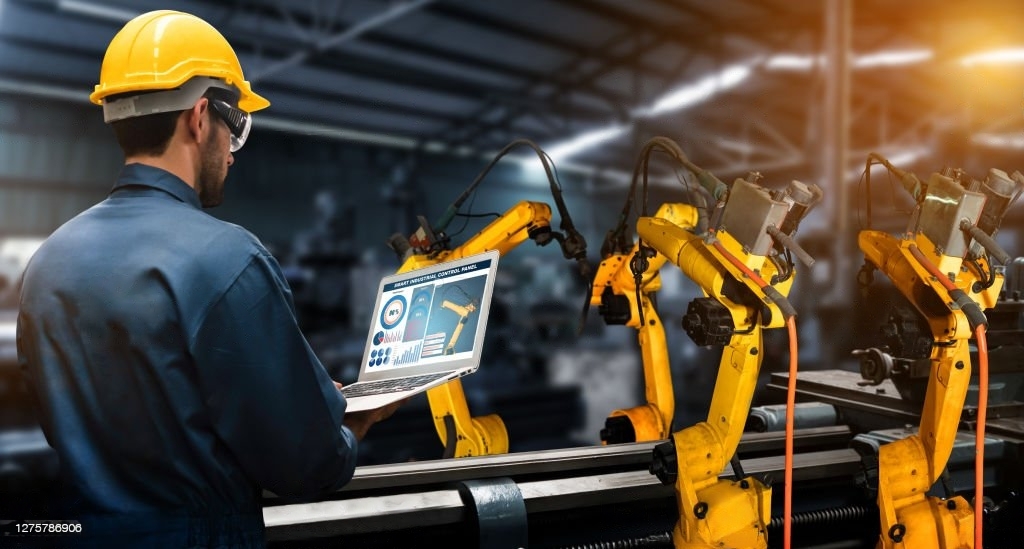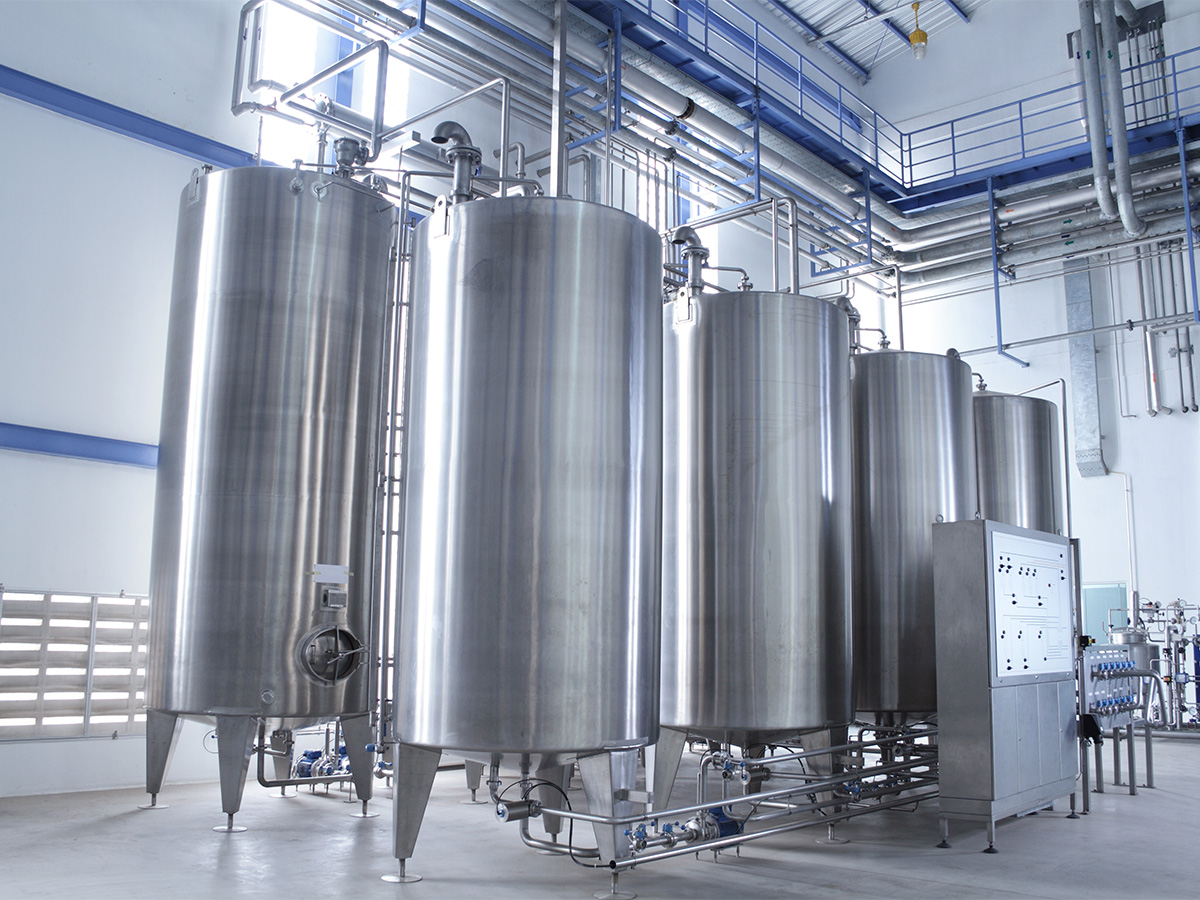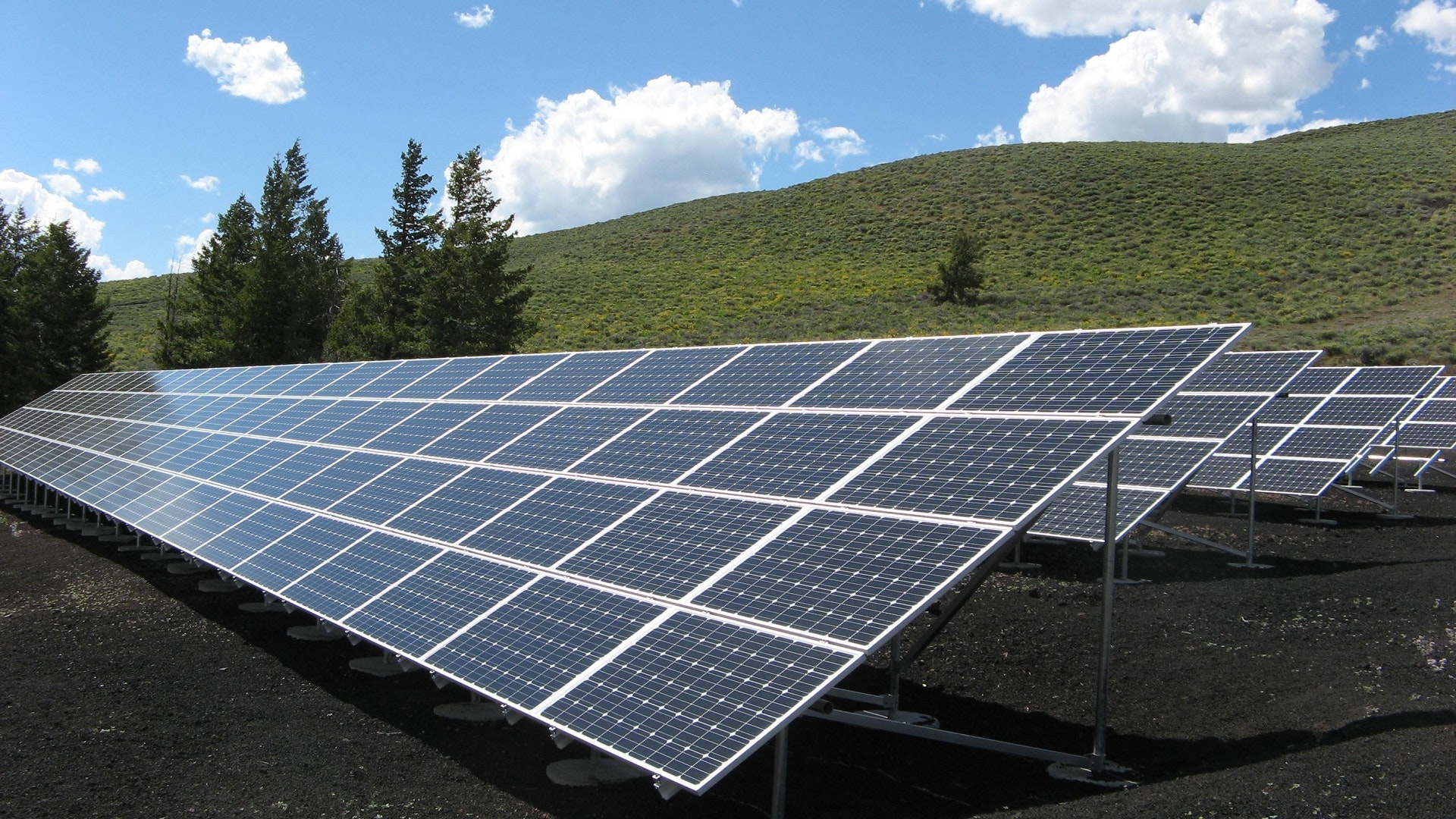As a professional in the field of industrial automation, I have witnessed firsthand the remarkable changes that have taken place in manufacturing over the past few decades. The advent of automation technology has transformed the way we produce goods, making the process faster, more efficient, and more cost-effective. In this article, I will delve into the world of industrial automation, exploring its evolution, benefits, challenges, and key components. Additionally, I will discuss some of the cutting-edge technologies that are revolutionizing the field and look at the future of industrial automation, including trends and predictions. Finally, I will highlight some of the applications of industrial automation in manufacturing and discuss some of the services and solutions that are available to help businesses implement automation technology.
Industrial Automation
Industrial automation refers to the use of technology to automate manufacturing processes. This can include everything from assembly lines to quality control to material handling. The goal of industrial automation is to increase efficiency, reduce costs, and improve quality. Automation technology allows for greater precision and repeatability, which is particularly important in industries where small variations in production can have a significant impact on the final product.
The Evolution of Industrial Automation Technology
The use of automation technology in manufacturing dates back to the early 20th century when Henry Ford introduced the assembly line. This allowed for the mass production of goods, but it was still a largely manual process. It wasn’t until the 1960s and 1970s that computers began to be used in manufacturing, leading to the development of programmable logic controllers (PLCs) and other digital control systems. Since then, there have been numerous innovations in automation technology, including the use of robotics, artificial intelligence (AI), and the Internet of Things (IoT).
Benefits of Industrial Automation Systems
There are many benefits to implementing industrial automation systems in manufacturing. One of the most significant is increased efficiency. Automation technology allows for faster production times, reduced downtime, and improved throughput. Additionally, automation can lead to improved quality and consistency, as machines are able to perform tasks with greater precision and repeatability than humans. This can result in fewer defects and less waste.
Another benefit of industrial automation is cost savings. While there is an initial investment required to implement automation technology, over time, the cost savings from increased efficiency and reduced waste can more than offset the initial investment. Additionally, automation can help to reduce labor costs, as machines can perform many tasks that would otherwise require human labor.
Challenges and Risks of Industrial Automation Solutions
While industrial automation offers many benefits, there are also some challenges and risks that need to be considered. One of the biggest challenges is the initial investment required to implement automation technology. This can be a significant barrier for small businesses, and it may take several years before the cost savings from automation are realized.
Another challenge is the need for skilled workers to maintain and operate automation systems. As automation technology becomes more advanced, the need for workers with specialized skills in areas such as robotics and AI will increase. Businesses will need to invest in training programs to ensure that their employees have the necessary skills to work with automation technology.
Finally, there is the risk of job displacement. As machines become more capable of performing tasks that were previously done by humans, there is the potential for job losses in some industries. However, it is important to note that automation can also lead to the creation of new jobs in areas such as programming and maintenance.
Industrial Automation and Control: The Key Components
There are several key components of industrial automation and control systems. These include:
Sensors
Sensors are used to detect changes in the environment, such as temperature, pressure, or motion. They provide feedback to the control system, allowing it to make adjustments to the manufacturing process as needed.
Actuators
Actuators are used to control the movement of machines and other equipment. They can be used to open and close valves, move conveyor belts, or control the speed of motors.
Programmable Logic Controllers (PLCs)
PLCs are digital control systems that are used to automate manufacturing processes. They are capable of making decisions based on input from sensors and other devices, and they can be programmed to perform a wide range of tasks.
Human-Machine Interfaces (HMIs)
HMIs are user interfaces that allow workers to interact with automation systems. They can include touchscreens, keyboards, and other input devices. HMIs allow workers to monitor the performance of machines and make adjustments as needed.
Types of Industrial Automation Systems
There are several types of industrial automation systems, each with its own strengths and weaknesses. Some of the most common types include:
Fixed Automation
Fixed automation is designed for a specific task or set of tasks. It is typically used for high-volume production, where the same task or set of tasks is performed over and over again. Fixed automation is highly efficient but not very flexible.
Programmable Automation
Programmable automation is designed for tasks that require some degree of flexibility. It is typically used in industries that produce a wide range of products or that require frequent changes to the manufacturing process. Programmable automation is less efficient than fixed automation but more flexible.
Flexible Automation
Flexible automation is designed for tasks that require a high degree of flexibility. It is typically used in industries that produce a wide range of products or that require frequent changes to the manufacturing process. Flexible automation is highly efficient and very flexible, but it is also more expensive than other types of automation.
Cutting-edge Technologies in Industrial Automation
There are several cutting-edge technologies that are having a significant impact on industrial automation. Some of the most notable include:
Robotics
Robots are becoming increasingly common in manufacturing, particularly in industries such as automotive and electronics. They are capable of performing a wide range of tasks, from simple material handling to complex assembly operations.
Artificial Intelligence (AI)
AI is being used to improve automation systems in a variety of ways. For example, machine learning algorithms can be used to optimize production processes and reduce waste. AI can also be used to improve quality control by identifying defects more quickly and accurately than humans.
Internet of Things (IoT)
The IoT refers to the network of connected devices that are capable of exchanging data. In manufacturing, the IoT can be used to monitor equipment performance, track inventory levels, and optimize production processes.
Future of Industrial Automation: Trends and Predictions
The future of industrial automation is bright, with many exciting trends and predictions on the horizon. One of the most significant trends is the increasing use of collaborative robots, or cobots. These are robots that are designed to work alongside humans, performing tasks that require strength or precision. Cobots are expected to become increasingly common in industries such as healthcare and logistics.
Another trend is the use of cloud computing in automation systems. Cloud computing can be used to store and analyze large amounts of data, allowing for more sophisticated optimization of production processes. Additionally, cloud computing can be used to monitor equipment performance and detect potential problems before they become serious.
Finally, there is the potential for automation technology to become more autonomous in the future. This could include the use of self-learning algorithms that are capable of making decisions based on data from sensors and other devices. Additionally, there is the potential for machines to become more capable of making repairs and performing maintenance tasks without human intervention.
Applications of Industrial Automation in Manufacturing
There are many applications of industrial automation in manufacturing, including:
Assembly
Automation technology can be used to assemble products more quickly and accurately than humans. This is particularly important in industries such as automotive and electronics, where precision is critical.
Material Handling
Automation technology can be used to move materials and products more efficiently and safely than humans. This can help to reduce the risk of injury and increase throughput.
Quality Control
Automation technology can be used to improve quality control by detecting defects more quickly and accurately than humans. This can help to reduce waste and improve overall product quality.
Industrial Automation Services and Solutions
There are many companies that offer industrial automation services and solutions. These can range from consulting services to help businesses identify opportunities for automation, to full-service solutions that include design, installation, and maintenance of automation systems. Some of the most notable companies in this space include Siemens, ABB, and Rockwell Automation.
Conclusion
Industrial automation has transformed the manufacturing industry, making it faster, more efficient, and more cost-effective. While there are challenges and risks associated with automation technology, the benefits are significant and far-reaching. With cutting-edge technologies such as robotics, AI, and the IoT, the future of industrial automation is bright. As businesses look to implement automation technology, there are many services and solutions available to help them achieve their goals. Whether it is assembly, material handling, or quality control, automation technology has the potential to revolutionize manufacturing in ways that we have only begun to imagine.


